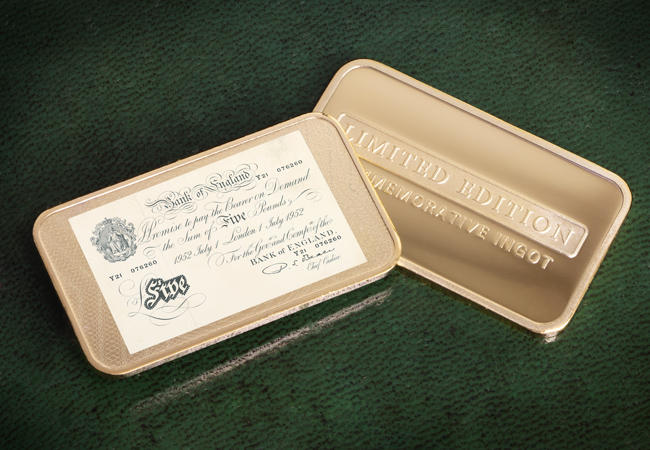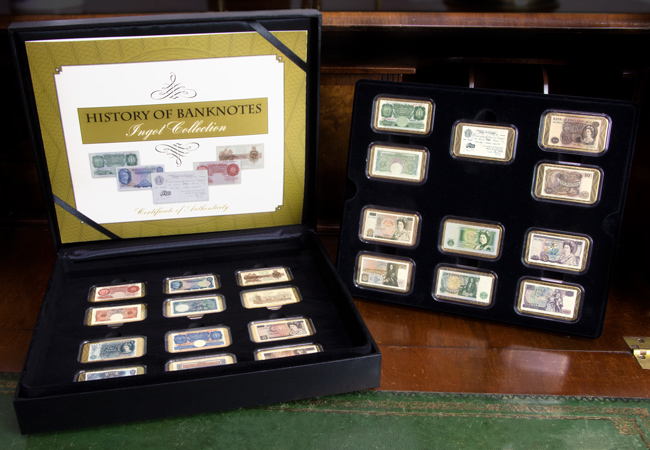Posts Tagged ‘British history’
The SELL OUT story continues… Limited edition 50p coins launching 9th May
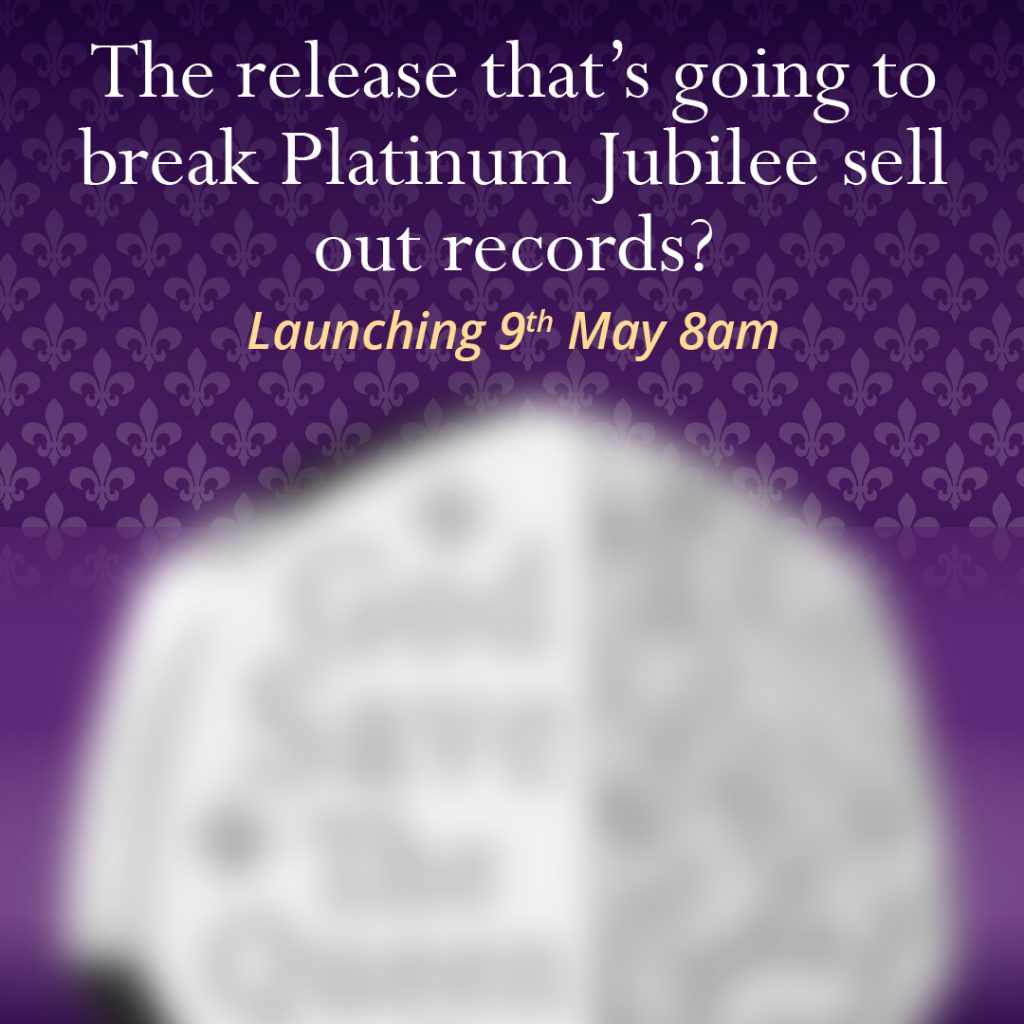
We all know about how the Platinum Jubilee has created a collecting hype like nothing I’ve seen for many years.
It’s been a case of blink and you’ll miss it. Just take a look at how quickly Platinum Jubilee coins have been selling out…
2022 British Isles 50p — First Release SOLD OUT
The Official British Isles 50p tribute to the Platinum Jubilee was first released as a Dual-Plated edition. With first-release stock selling out in less than two hours, collectors are now frantially ordering the Gold-Plated edition of this stunning 50p.
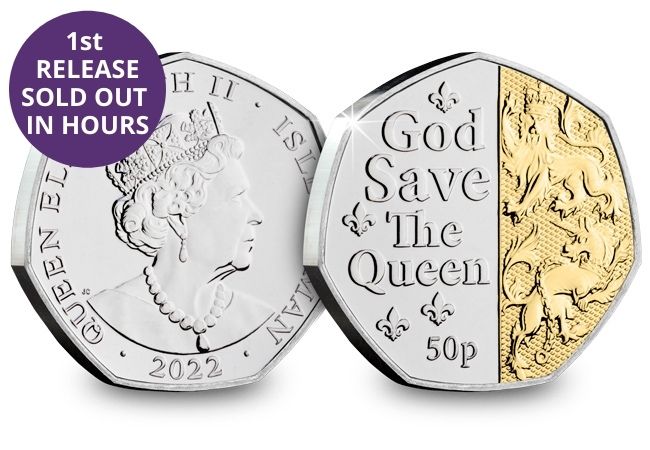
2022 UK 50p — SOLD OUT in less than 24 hours
In January, the UK Platinum Jubilee 50p was released. The FIRST EVER Royal 50p and and featuring a brand-new obverse design — a sell-out was inevitable. Indeed, ALL limited specifications SOLD OUT in 24 hours, including the Silver Proof 50p.
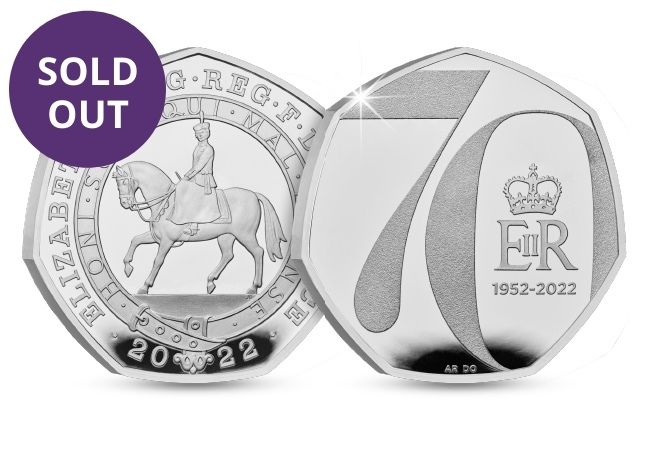
2022 UK £5 — All limited specifications SOLD OUT
In January, the traditional commemorative £5 coin was released. Since then, every limited specification has completely SOLD OUT…
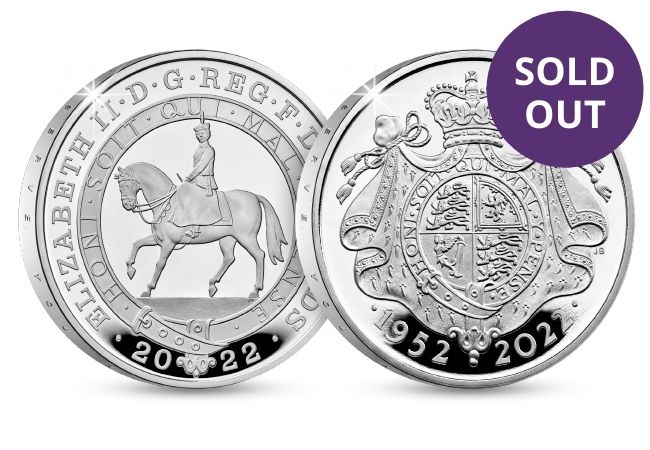
And now, as we approach the Bank Holiday and look forward to the street parties, a BRAND NEW release is coming.
My expectation? That this release is going to break Platinum Jubilee sell out records.
That’s because these coins have some of the lowest edition limits I’ve seen for the Platinum Jubilee. Which means collectors looking to complete their Platinum Jubilee collection are inevitably going to miss out.
Released on the 9th May you’ll need to be up and ready at 8am to have any chance of securing one before they’ve sold out!
Behind the design: The Platinum Jubilee Masterpiece that SOLD OUT in hours!
A flagship specification for Westminster collectors, ‘Masterpiece’ issues truly live up to their name and this British Isles Platinum Jubilee release was no different! Issued to mark Her Majesty’s record-breaking reign, this coin was struck from Pure Silver to a Proof finish and features a thoughtful design that pays tribute to the constant and reassuring figure. In fact, artist Neil Bromley spent 2-3 weeks on the exquisite reverse design, and we think he did an amazing job. Just ask the 285 collectors who have bought this Masterpiece, causing a complete SELL OUT!
For this particular Masterpiece, the Queen’s Virtues are the focus — and in this blog, we’ll dissect the fascinating design…
What are the Queen’s Virtues?
The Queen’s Virtues encapsulate the personifications of both Queen Victoria and Queen Elizabeth II. They are widely acknowledged as principles founded by Queen Victoria in the Victorian Age, and to this day, are carried forward by Queen Elizabeth II and so remain the core virtues of the British nation. The virtues are Victory, Charity, Justice, Courage, Truth and Constancy.
Victory (Victoria)
The Queen holds the position of Head of the Armed Forces and as such, victory as a virtue, represents the end of conflict and celebration of peace.
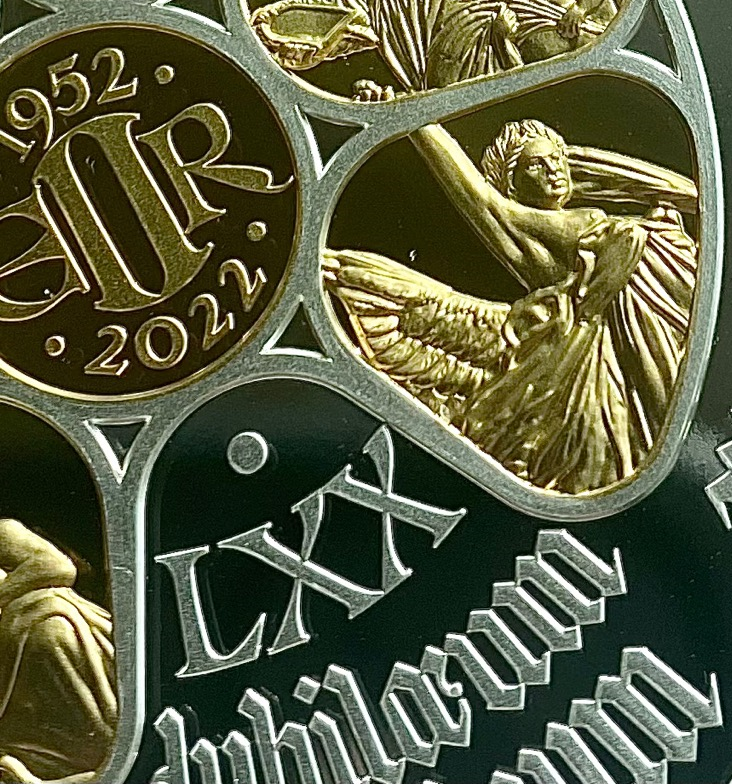
Charity (Caritas)
The virtue Charity expresses the Sovereigns responsibility to make charitable efforts to take care of the suffering.
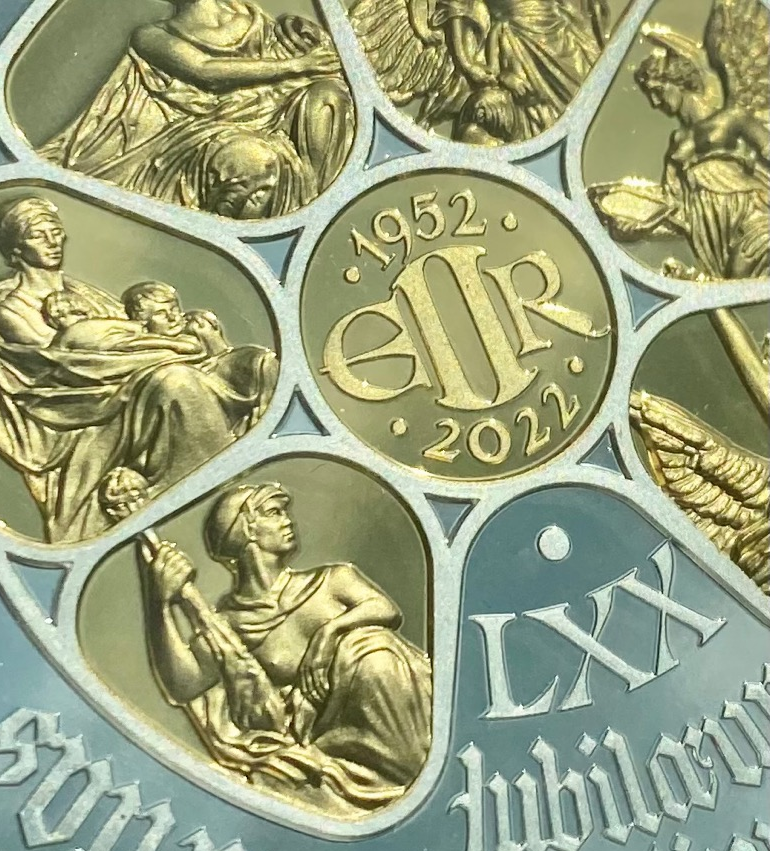
Justice (Justitia)
Sovereigns have established legal systems throughout the UK and from the beginning, have become important figures in the enforcement of law. Therefore, one of the Queens virtues is ‘Justice’ — as monarchs have been known as the ‘Fount of Justice’. The Platinum Jubilee Silver Masterpiece features a winged Angel representing justice for the people on earth, ensuring harmony and orderly manner within society.
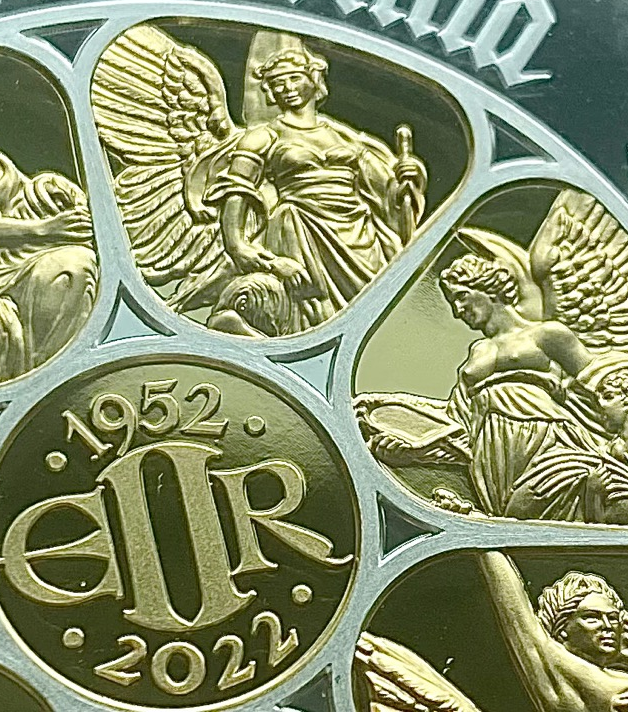
Courage (Animus)
Courage helps the Sovereign perform tasks that need to be carried out, and it is said the virtue courage makes all others possible.
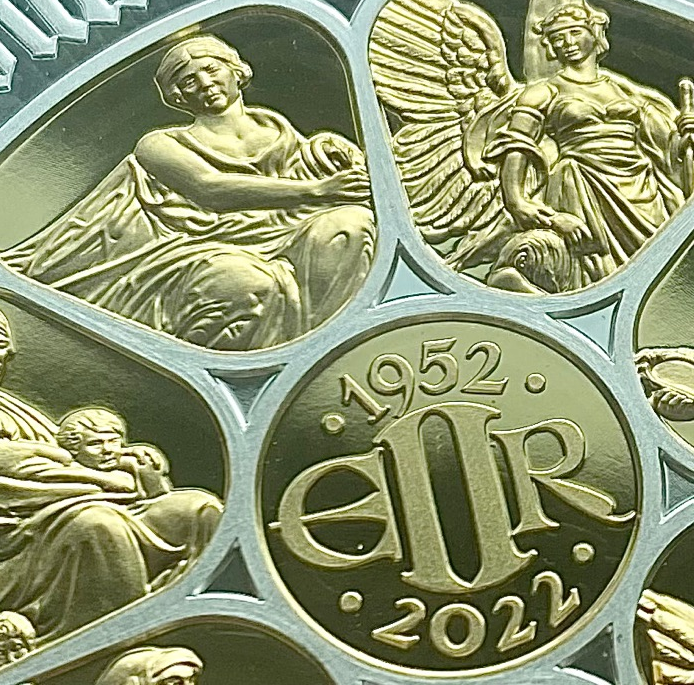
Truth (Veritas)
Truthfulness is important to the Sovereign — Our Queen Elizabeth II is known to be the searcher and seeker of truth.
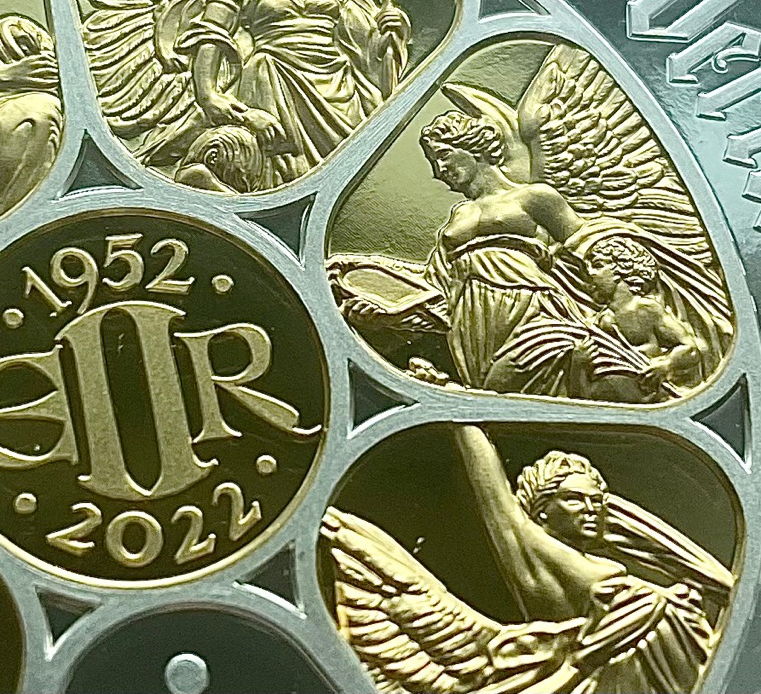
Constancy (Constantia)
As the longest reigning monarch, Her Majesty has shown great constancy over her 70-year reign, maintaining commitments and Royal duties.

The masterpiece carries each of these virtues in segments, with the seventh segment at the bottom displaying ‘70’ in Roman numerals and ‘Platinum Jubilee’ written in Latin.

Meet the Designer
Neil Bromley who studied art for six years at college and graduated with a H.N.D in Calligraphy and Heraldry at Reigate School of Art in 1995, spent 2-3 weeks designing the reverse. Having designed and drawn over 30 coin designs to date, his work includes the painting of family crests, shields and full coats of arms.
Bromley took inspiration from the Queen Victoria Monument in London, situated in front of Buckingham Palace, which commemorates the death of Queen Victoria in 1902.
Using 2,300 tons of white Carrara marble, the central monument is 25 metres high and was created between 1906 and 1924 by Sir Thomas Brock. It features Victoria, as well as statues representing courage, constancy, victory, charity, truth, and motherhood.
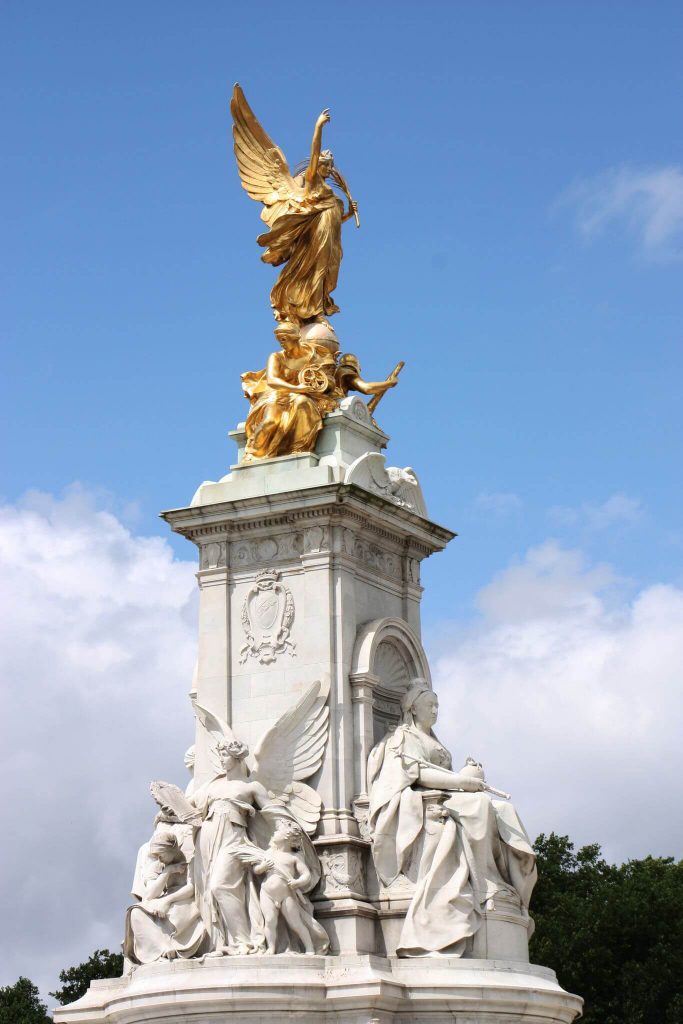
Creating a Masterpiece
Bromley spent many hours researching the Victoria Monument — alternative images of the six virtue statues from different angles were found to define a balance within the coin. He also took inspiration from some of the original drawings by Thomas Brock and old photographs.
Once Neil had suitable images, they were drawn by hand to form a pencil sketch on trace.
Each virtue was then re-drawn on hot press paper as separate single artworks. Each drawing taking around 2-3 days. Given the amount of detail in each statue, it was important to capture as much as possible and to create depth.
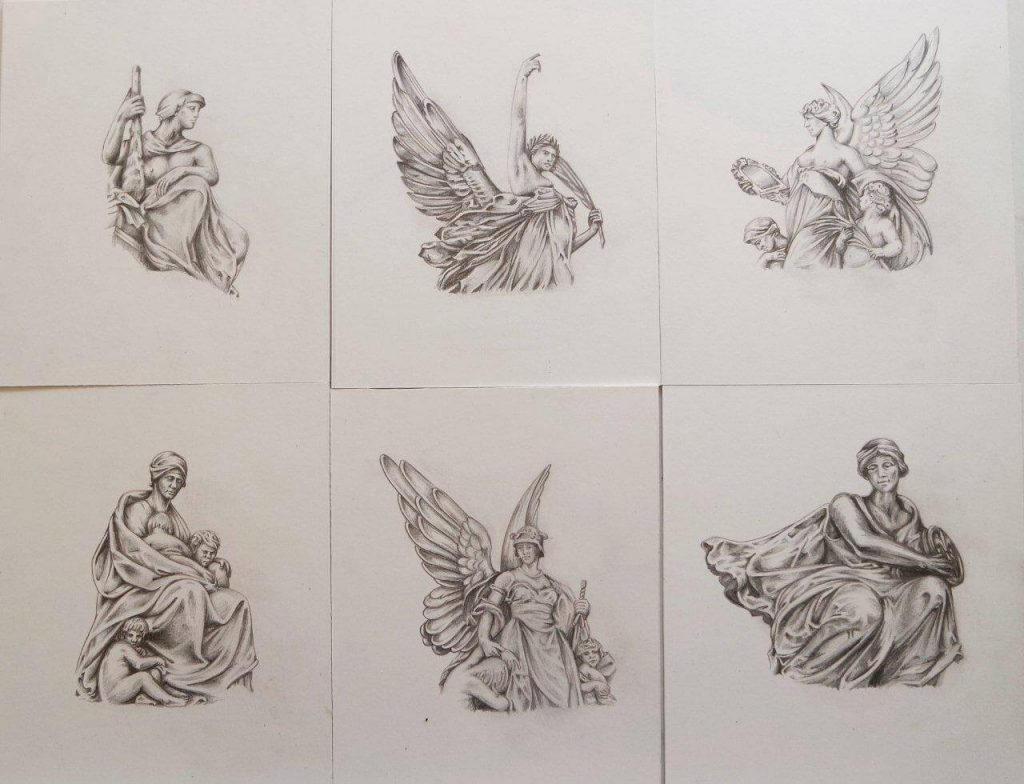
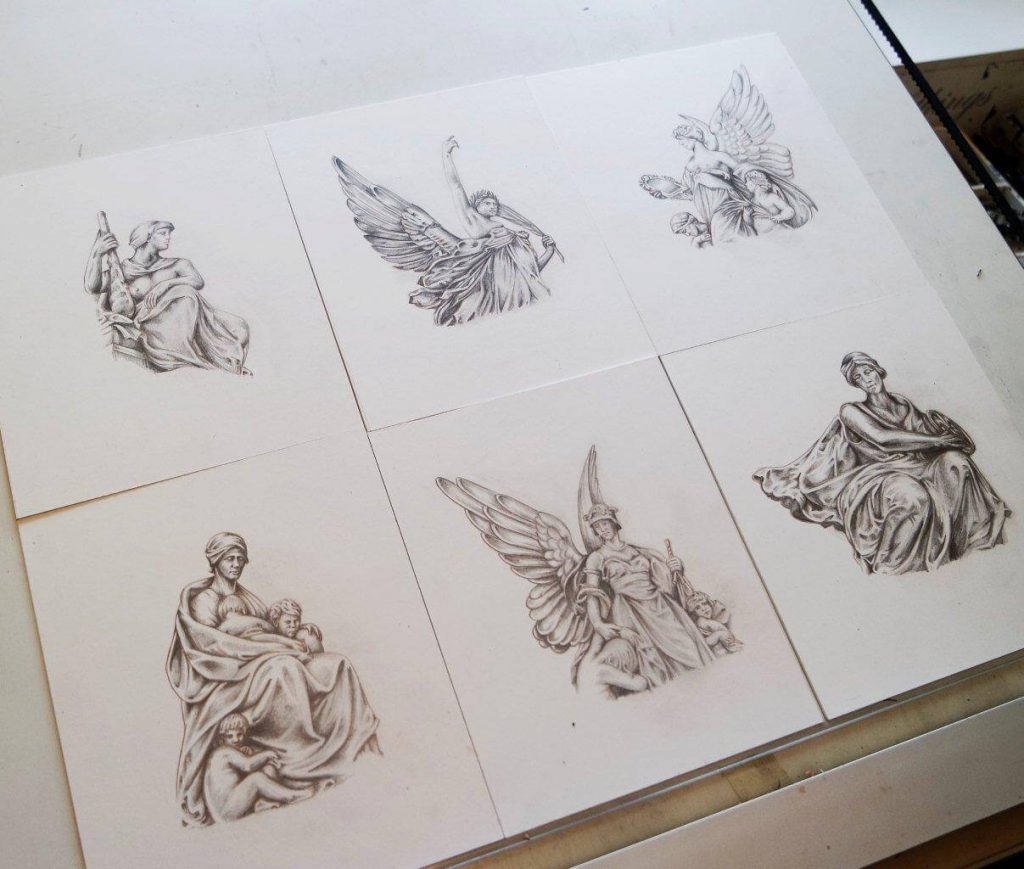
The coin design was created separately and took into account the directions of the images that related to the Latin text in each segment. The Latin for each segment was discussed through a medieval forum to gain the correct spelling and to advise on a suitable Latin inscription for Platinum Jubilee. This was discussed and agreed upon by several medieval historians and calligraphers.
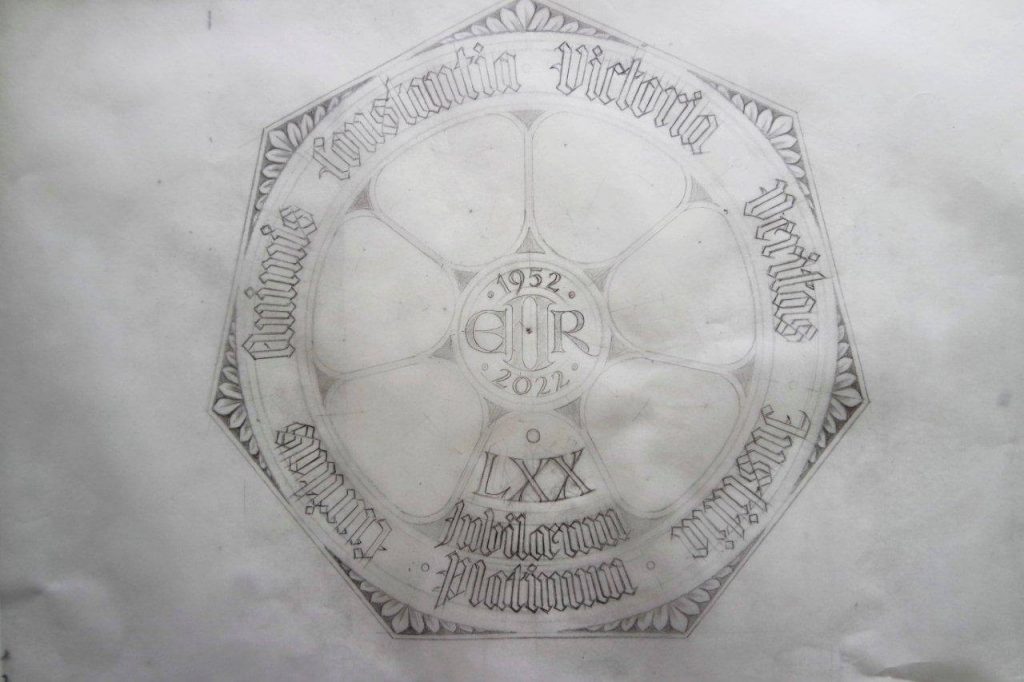
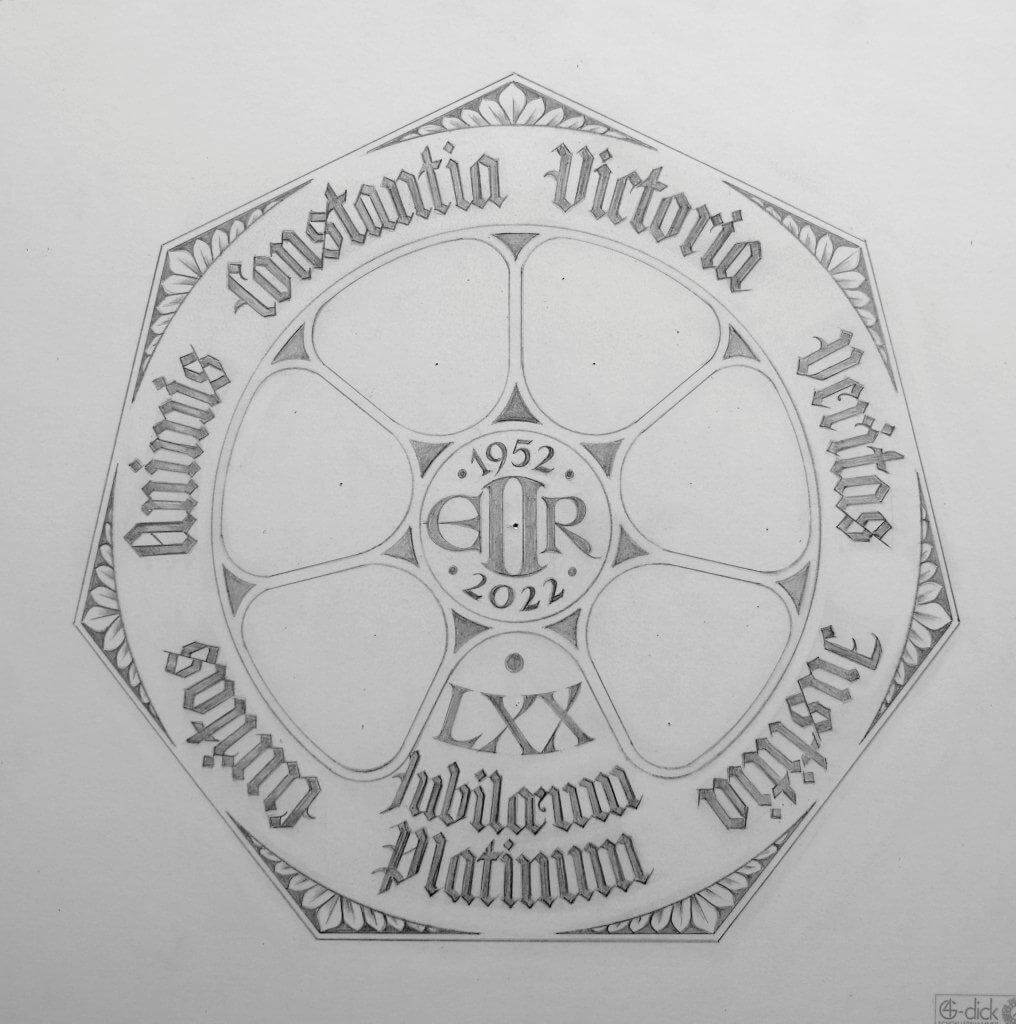
The final Masterpiece design was then struck from .999 Pure Silver to a Proof finish, with selective 24 Carat Gold-plating added to enhance elements of the design. The Proof finish requires immense craftsmanship and as such a mirror-like result sharpens the design.
And as I mentioned earlier, this incredible piece SOLD OUT in a matter of hours…
If this disappoints you, then I have what you need…
Be the first to know about our future premium releases, both Silver and Gold, by clicking the sign up link below. This way you won’t miss out again.
Click here to sign up for information about our future premium specification coin releases >>
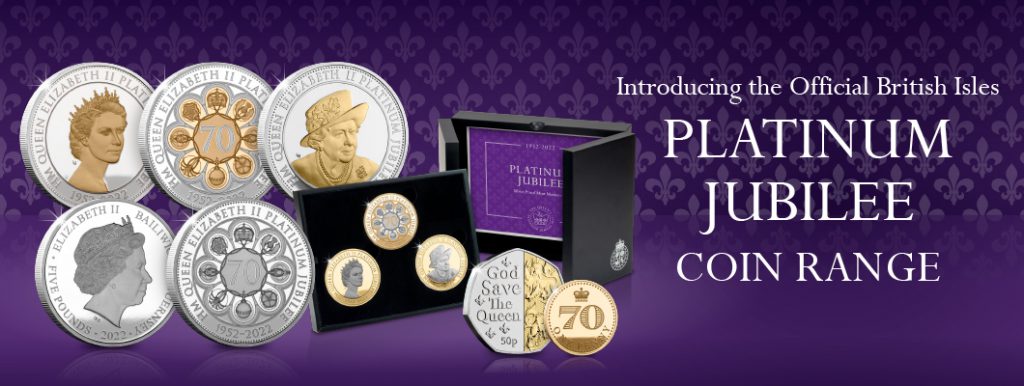
To shop our Official British Isles Platinum Jubilee Range, click here >>
Was this the most famous Banknote ever issued?
First issued by the Bank of England in 1694, Banknotes were originally supposed to be used as a receipt in exchange for gold loans to the bank. Owners of Banknotes could literally take their note to the Bank of England and exchange it for the equivalent price in gold.
In fact, all British notes still have the statement “I promise to pay the bearer on demand the sum of…” to this day.

Britain stopped using the gold standard in 1931, meaning that the right to redeem Banknotes for gold ceased. And by 1945, a metal thread had to be introduced on the £5 note following a security threat from Nazi Germany.
In this blog, we’ll explore the history of the ‘White Fiver’, why an estimated 70,000,000 of these ‘notes’ were burned and the story of one of wartime’s most over-the-top secret plots…
The Story Behind The ‘White Fiver’
The £5 note was only ever intended as a temporary measure, William Pitt, the Prime Minister at the time originally planned to take the £5 out of circulation once economic conditions improved. However, the £5 note has since become the longest serving denomination and at one point was even the highest denomination Bank of England note.
Active between 1793 and 1945, the Bank of England’s White Paper £5 note was the second variant of the denomination and became known as the ‘White Fiver‘. Much bigger than today’s equivalent (which stands at 135 x 70mm), the original paper notes were a huge 195 x 120mm.
But production of these notes was halted during World War II and a new metal thread security feature was introduced to combat counterfeiting attempts from Nazi Germany.
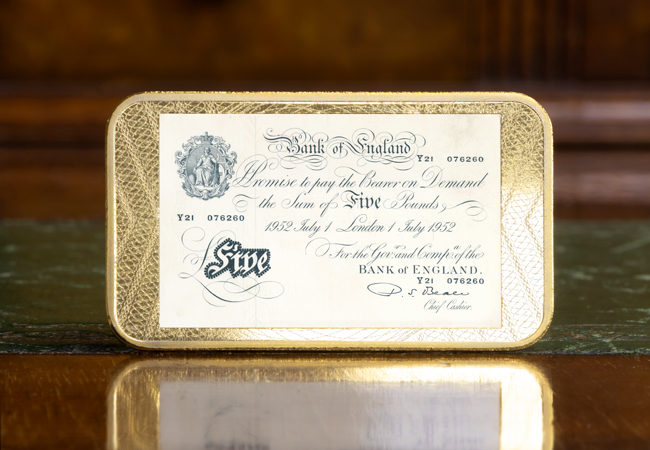
Operation Bernhard
The largest counterfeiting operation in history, Operation Bernhard was the codename of a secret Nazi plot to destabilise the British economy. The Nazis planned to drop counterfeit notes throughout Europe to cause artificial inflation of the British pound.
In 1942, production of counterfeit British ‘White Fivers’ began behind the gates of Sachsenhausen concentration camp. Prisoners worked to perfect the process, revealing over 150 secret security marks, creating identical ink, solving the serial numbering system and printing the notes. By 1945 it is estimated that 70,000,000 notes were printed by inmates – a cache of upwards of £100,000,000.
The plot never came to fruition and at the end of the war Nazis burned huge amounts of British “currency”. But the Bank of England didn’t take any chances and withdrew all circulating notes.
Unsurprisingly Operation Bernhard, as it was known, is remembered as one of wartime’s most over-the-top secret plots.
And that’s why, over 60 years since it was legal tender, the ‘White Fiver’ remains the most famous banknote ever issued…
Your Limited Edition Collecting Opportunity
Today you can own the White Fiver Gold-plated Ingot for FREE (+p&p) when you trial the History of Banknotes Collection.
Your White Fiver Ingot is plated in 24 Carat Gold and struck to a Proof-like finish, framing the famous black and white design superbly.
Just 9,950 of these White Fiver Gold-plated Ingots have been issued for collectors worldwide, a tiny number given the important part the White Fiver has played in British history.
And what’s more, you will gain exclusive access to the History of Banknotes Ingot Collection.
Introductory Offer
The White Fiver is an Introductory Offer for the History of Banknotes Ingot Collection. Each month, you’ll receive two Gold-plated Banknote Ingots for £25.00 (+p&p). Next month, you’ll also receive your FREE Presentation Case to house your collection. You can cancel your subscription at anytime. Click here to secure yours >>


